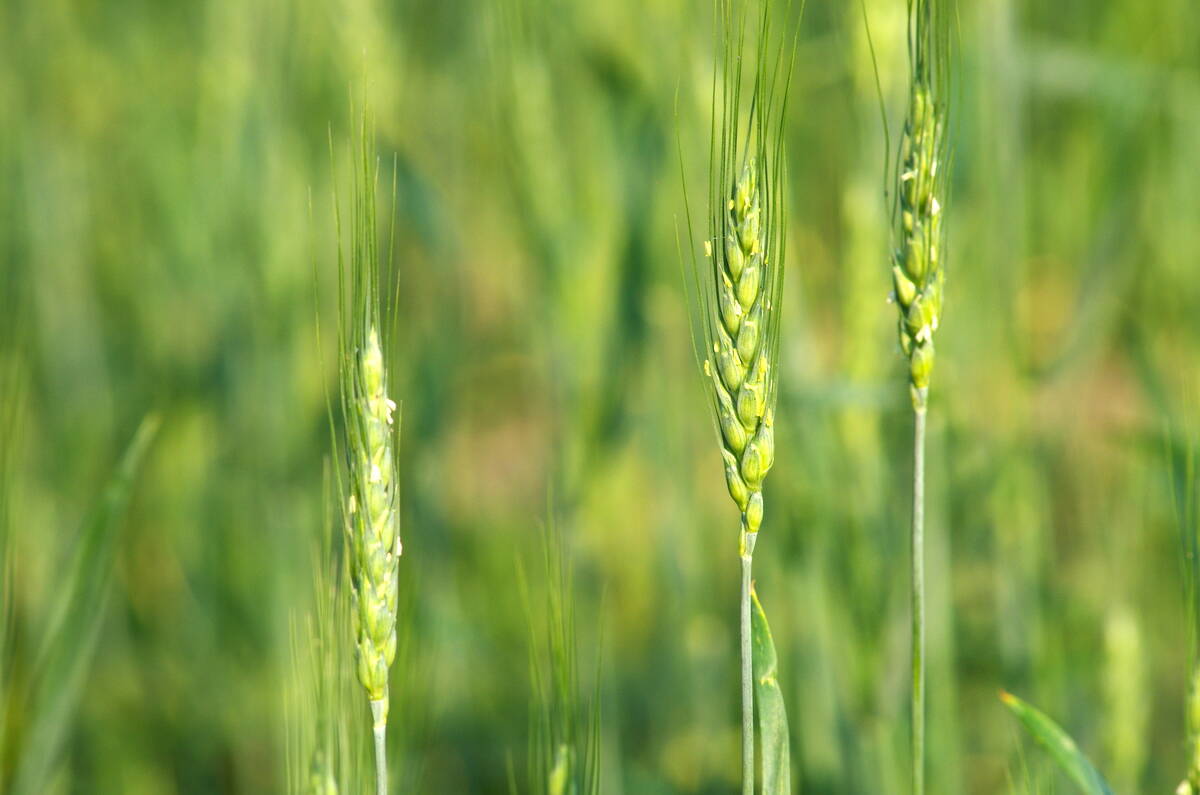As crop conditions vary across Manitoba, the latest crop report noted that frequent rains and warm temperatures have increased the risk of a number of fungal diseases. Manitoba Agriculture and Resource Development (MARD) said farmers continued to apply fungicides on their wheat, oats, barley, canola, and pea crops. However, wet conditions in a number of areas made it difficult for ground application.
Also, grasshoppers are present in many areas of Manitoba with spraying for them being carried out, according to MARD.
Spring wheat conditions remained exceedingly high throughout most of the province, with the Central, Eastern, Northwest and Southwest between 80 to 95 per cent good to excellent. Meanwhile, the Interlake was a distance behind at 55 per cent good to excellent due to wetter conditions. The earliest seeded spring wheat has completed flowering and kernel development has started. Depending on location, the risk of fusarium head blight was moderate to extreme.
Read Also

California researchers create nitrogen-fixing wheat
U.S. crop breeders have created a wheat variety capable of creating its own nitrogen fertilizer.
Barley crops ranged from penultimate leaf to early head filling. Oats stood at panicle emergence to early panicle filling. Fall rye was beginning to turn and was at the soft to hard dough stages, while winter wheat was primarily at the soft dough stage. Corn was at the V12 to tasseling stages.
Most of the canola in Manitoba was reported to be in full flower, with the early seeded crops starting to fill pods. The condition of canola ranged from poor to excellent, depending on where it was planted, according to MARD. Approximately 40 to 50 per cent of Manitoba’s canola has been sprayed with fungicides.
Flax was at flowering to bolls beginning to fill. There is a concern that hot temperatures could shut down flowering earlier than expected in some parts of the province. Sunflowers were at R3 to R4 stages.
MARD said soybeans were growing rapidly and were in the R2 to R4 stages. Those soybean fields with iron-deficiency chlorosis were beginning to improve.
Field peas reached the flowering to R3 flat pod stages, although those fields planted late were somewhat behind. There were reports of aphids in some pea fields. Dry beans were at the R2 to R3 stages.
The first cut of hay was pegged at more than half complete, but wet conditions continued to slow further progress.
















